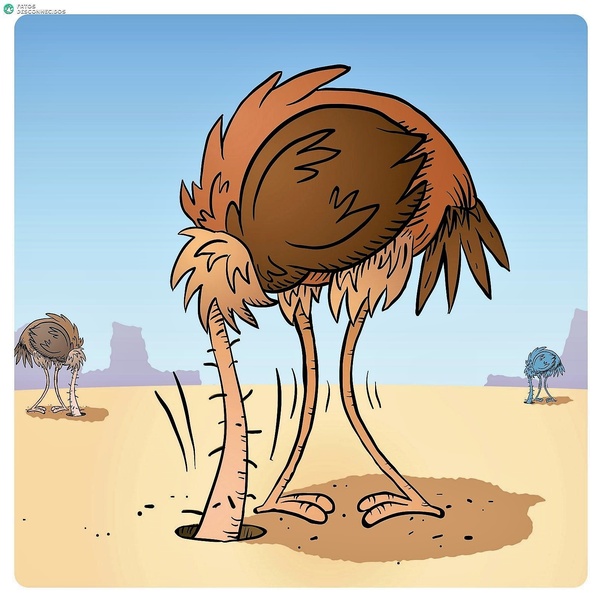“More than ever, it is abundantly clear there is a need for real-time data on where our children stand academically.” – M. Teresa Ruiz, NJ state senator and chair of the NJ Senate Education Committee, November 2020.
As New Jersey Gov. Phil Murphy grapples with whether he heeds the wishes of the New Jersey Education Association and again shuts down public schools and moves instruction fully virtual or continues to leave the decision to local school districts themselves, Senator Ruiz laid down an important marker in the new normal of COVID education.
Yes, our collective concern over second waves and increased infections is very real. But we should be equally concerned, as NJ Left Behind reported, about the learning loss that has, is, and will likely continue to be felt by far too many kids in far too many schools in far too many communities.
We entered the 2020-21 school year talking about “learning loss” and the classroom time many of these students lost as a result of a virtual spring. Today, many education policy experts bristle at the term “loss,’ and instead are looking to promote ideas like “learning lag,” asserting that any losses are likely temporary, and will easily be made up over the course of one’s k-12 career.
Really?
For 20 years, education advocates have spoken on how important it is that all learners are reading at grade level by the start of fourth grade. We use platitudes like “learning to read, reading to learn,” to emphasize the importance of basic literacy skills for young learners and how essential they are to success in middle and high school.
Yet for all we know about how to teach young children to read, only 35 percent of fourth graders are reading at proficient or better levels, according to the NAEP. And as the persistent stagnation in our 8th grade NAEP scores clearly shows, we have failed at making up that “learning lag” for decades, and that failure has come in relatively good instructional times.
So how do we expect that first or second graders who are struggling with reading proficiency will make up the lag when virtual instruction denies them the one-on-one interventions they need with a reading specialist in the classroom? How do we expect to make up the reading lag when educators and learners are in physical classrooms wearing masks, unable to work on letter-sounds and see the correct mouth movements?
How do we make up the “lag” for special education students, struggling learners who have experienced years of growing lags that were only being addressed by IEPs and 504s that took years to win? How is the latest lag addressed as school districts suspend many of those IDEA-protected rights because of virtual school, the very rights fought for because of school district failures to address other learning losses?
How do we make up the learning “lag” for English language learners who are now isolated in a plastic bubble in the classroom or in their own kitchens at home? How do we make it up for the 14 percent of k-12 students who do not have internet access at home? Or for those who lack the hardware to join virtual classes? Or even for those who lack the motivation to study in a virtual or hybrid environment when social engagement and interaction is essential to their academic development?
Now is not the time for us to be cute with semantics about word choice and whether we are taking about lags or losses. Far too many of the 50 million k-12 students in the United States today did not get the full year of instruction in 2019-20 that we expect in a typical year. At least as many learners will not get the full year of instruction they need this year. They have lost days, weeks, even months of instruction that will never be regained or made up.
Pre COVID, we spoke of learning gaps and of achievement gaps, of our collective failures to provide high-quality public education to all students, especially low-income learners and learners of color. We howled about the unfairness of the gaps and our need to take strong, immediate action to ensure that the gaps of one academic year were not compounded each and every year. And we demanded more data, more assessments, and more test scores to do so.
We didn’t simply shrug off those achievement gaps, writing them off as temporary learning lags we could address then. We didn’t then, and we definitely shouldn’t now.
As such, we all should heed the words offered by Senator Ruiz. “If we are genuinely committed to closing the achievement gap we must acknowledge there was a divide pre-COVID, we must assess to see where we are now, in the midst of the pandemic, and we must invest post-COVID to ensure that gap does not continue to grow the way it has over the last eight months.“
So are we genuinely committed to addressing COVID learning gaps? Or are we going to bury our heads in the sand and pretend that all kids are going to miraculously make up these “lags” at some point to be ascertained later?
This was first published at Project Forever Free.



